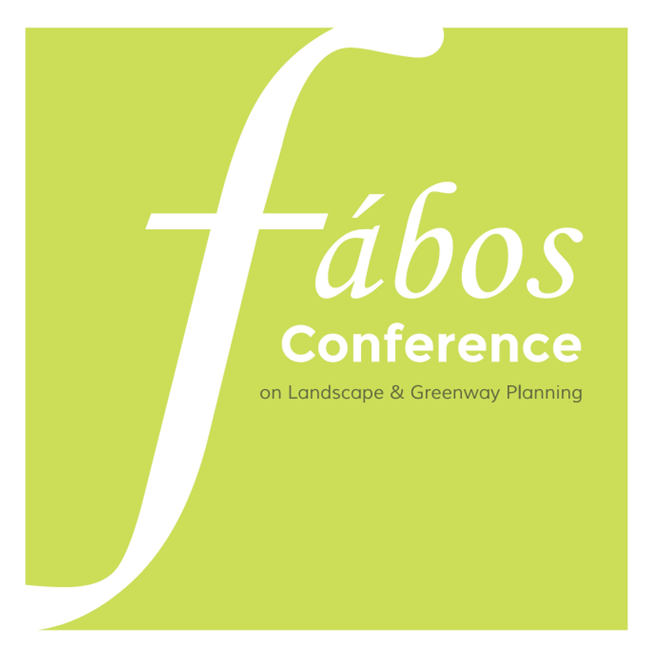Reflections on the tangible and pedagogical impacts of a student-led community design lab to restore ecological and recreational function along a post-industrial river greenway
Abstract
This case study describes a project conducted by a community design lab at the University of Rhode Island’s Department of Landscape Architecture during the summer of 2024. The design lab, a pilot program and partnership between the landscape architecture program and the RI DEM Urban Forestry Program, worked with state communities with self-identified needs for green infrastructure conceptual designs.
Representatives of the city of West Warwick, RI asked the team to develop conceptual plans for a public recreational greenspace along the Pawtuxet River, a post-industrial riverway in the Blackstone River Valley. The waterways of this valley historically powered hundreds of mills and factories along its banks, employing immigrant communities from the early 1800s through the Depression in the 1930s. While efforts continue to be made to remediate the impacts of centuries of extensive dumping of pollutants from the mills and municipal sewer systems, the river system quality remains compromised. The study site also hosts a legacy, incompletely capped municipal landfill, that is currently being used for youth soccer fields, as well as informal habitation for unhoused people.
The community design team developed conceptual designs for restoring and repurposing this challenging but promising site for public recreation. The site included some of the most complex issues in greenway planning and design including interpreting historic landscapes, ecological remediation and restoration, competing user groups, underfunded municipal and state support, and environmental inequity. The case study explores the process and products of the project as well as a reflection its pedagogical contribution to student learning.
References:
Erdem Kaya, Meltem. “From remediation to landscape design: design tactics and landscape typologies derived from post-industrial experiences”. Landscape Research. 48:3, 331-353. (2023).
Marlow, Thomas, Scott Frickel, and James R. Elliott. "Do legacy industrial sites produce legacy effects in ethnic and racial residential settlement? Environmental inequality formation in Rhode Island’s industrial core”. Sociological Forum. Vol. 35. No. 4. (2020).
Nebiker, Walter. “History and Architectural Resources of West Warwick, Rhode Island: A Preliminary Report by the Rhode Island Historical Preservation Commission. “(1987).
Schmidt, Courtney E., et al. "A synthesis of case studies from Narragansett Bay (RI/MA, USA) emphasizing implementation of the US Clean Water Act using adaptive management." Providence, RI: Narragansett Bay Estuary Program. (2020)
Shaw E, Coldwell D, Cox A, et al. Urban Rivers Corridors in the Don Catchment, UK: From Ignored, Ignoble and Industrial to Green, Seen and Celebrated. Sustainability. 2021; 13(14):7646.
Keywords: greenway planning, ecological restoration, community design
How to Cite:
Buxton, J. A., (2025) “Reflections on the tangible and pedagogical impacts of a student-led community design lab to restore ecological and recreational function along a post-industrial river greenway ”, Fábos Conference on Landscape and Greenway Planning 8(1). doi: https://doi.org/10.7275/fabos.2419
220 Views
92 Downloads
